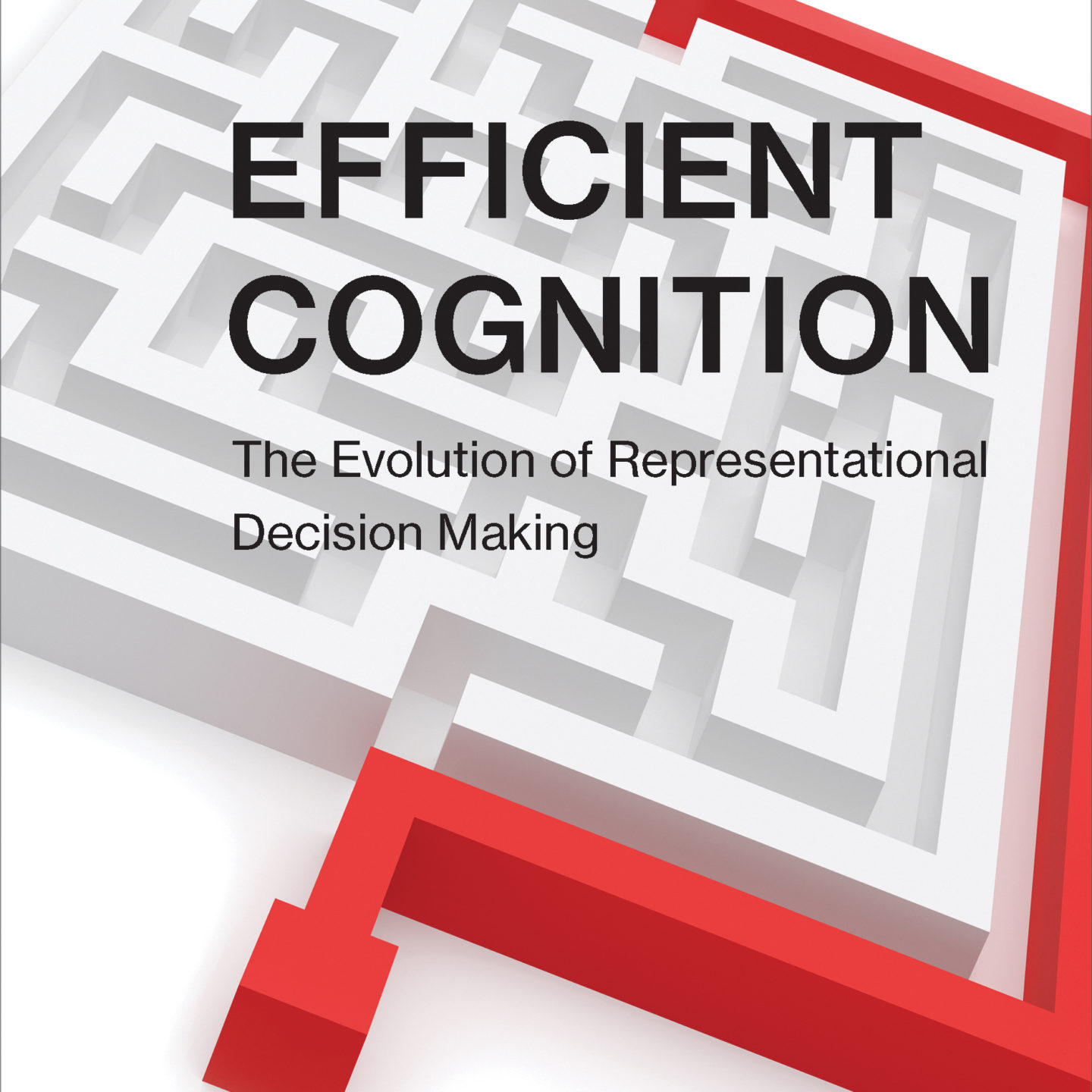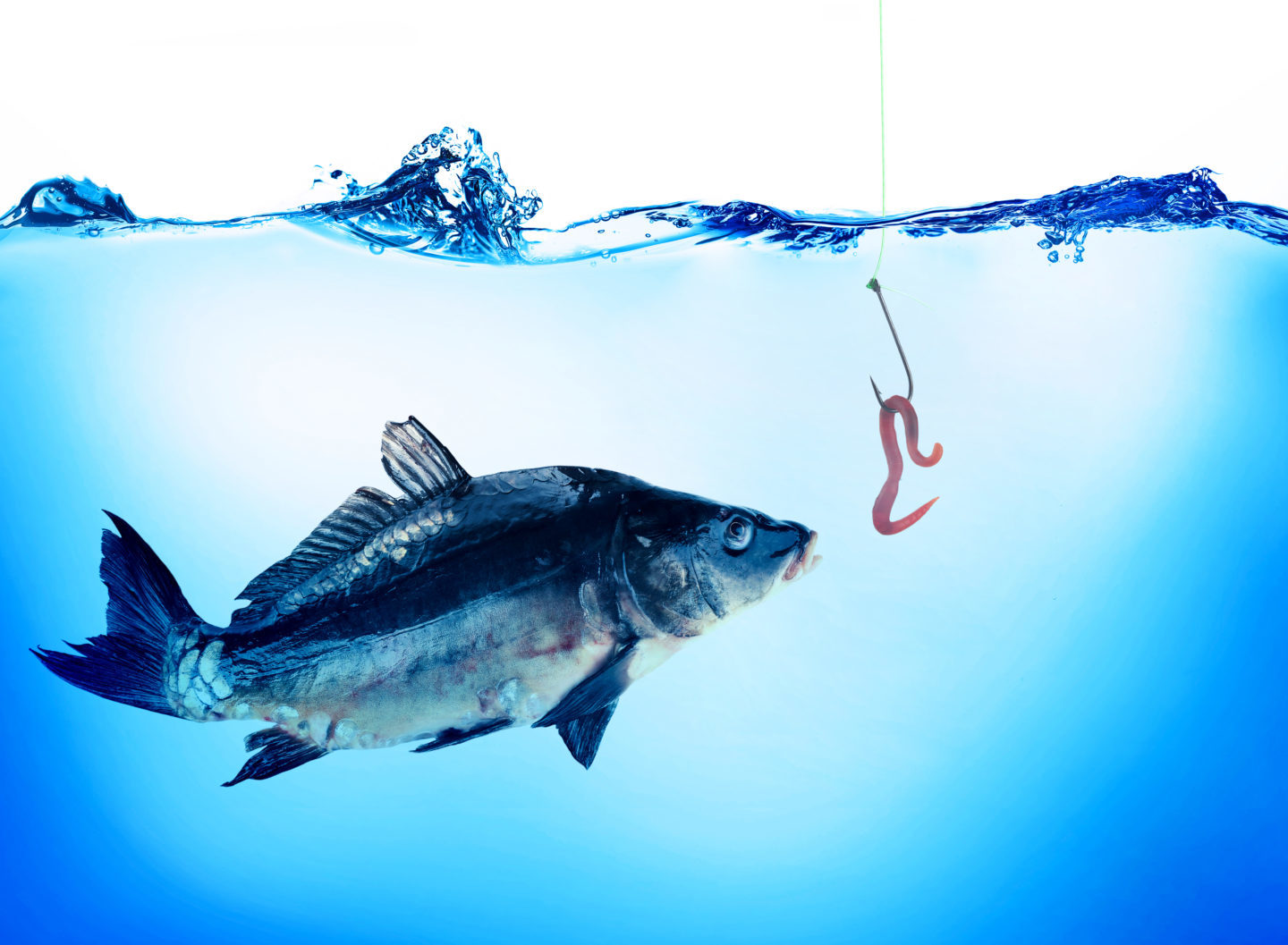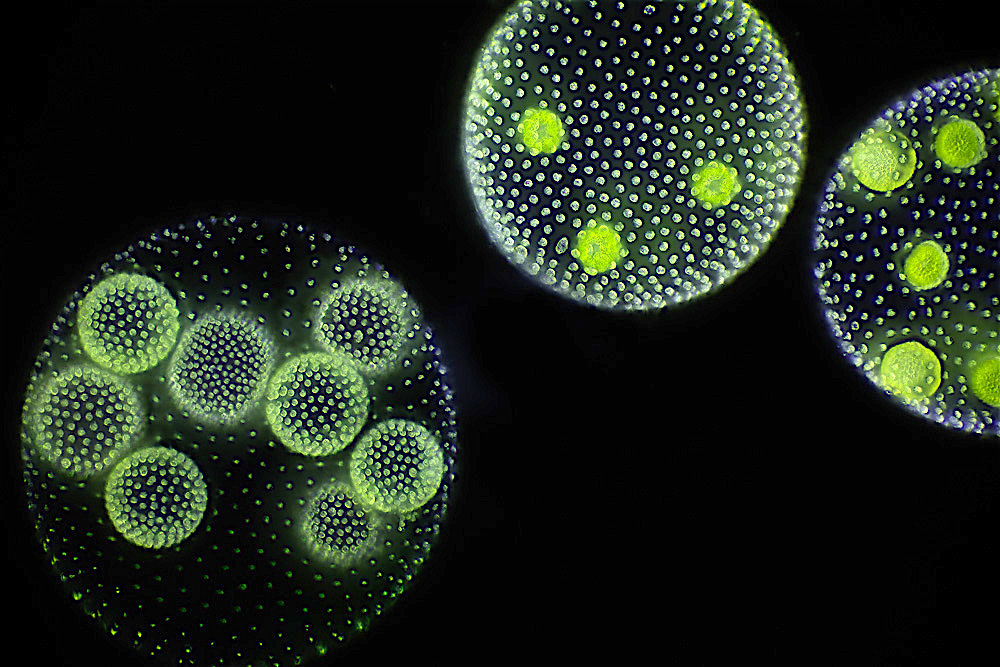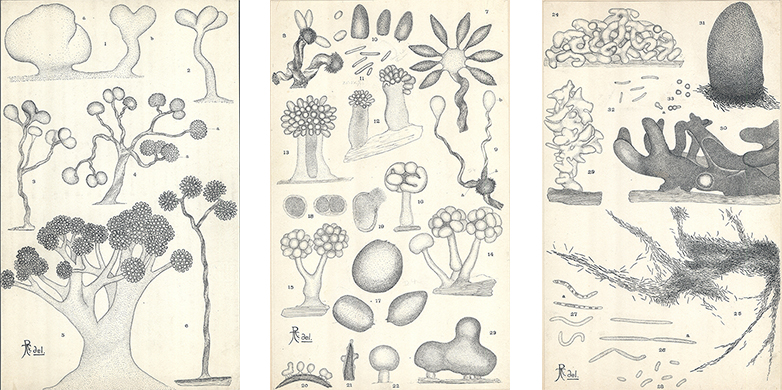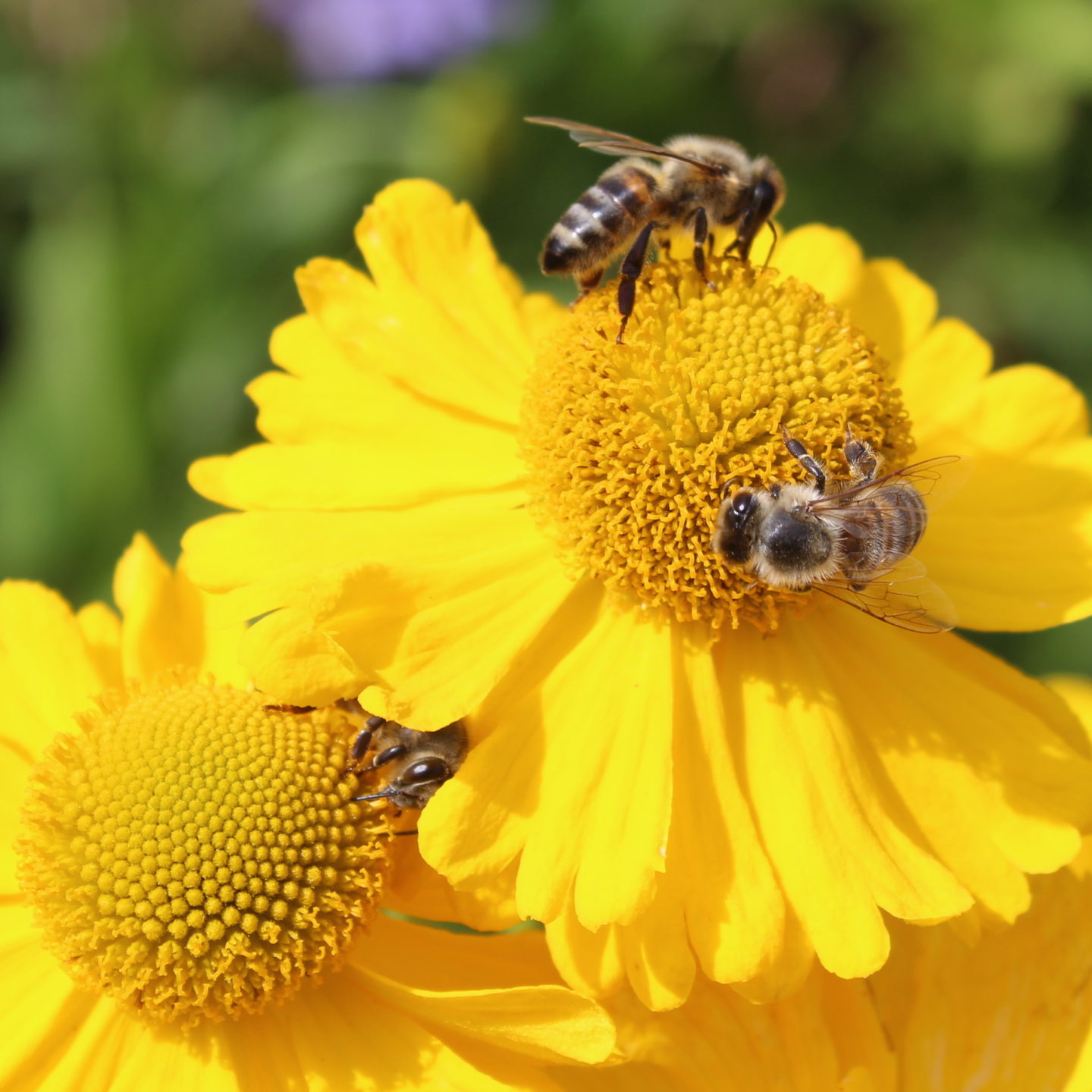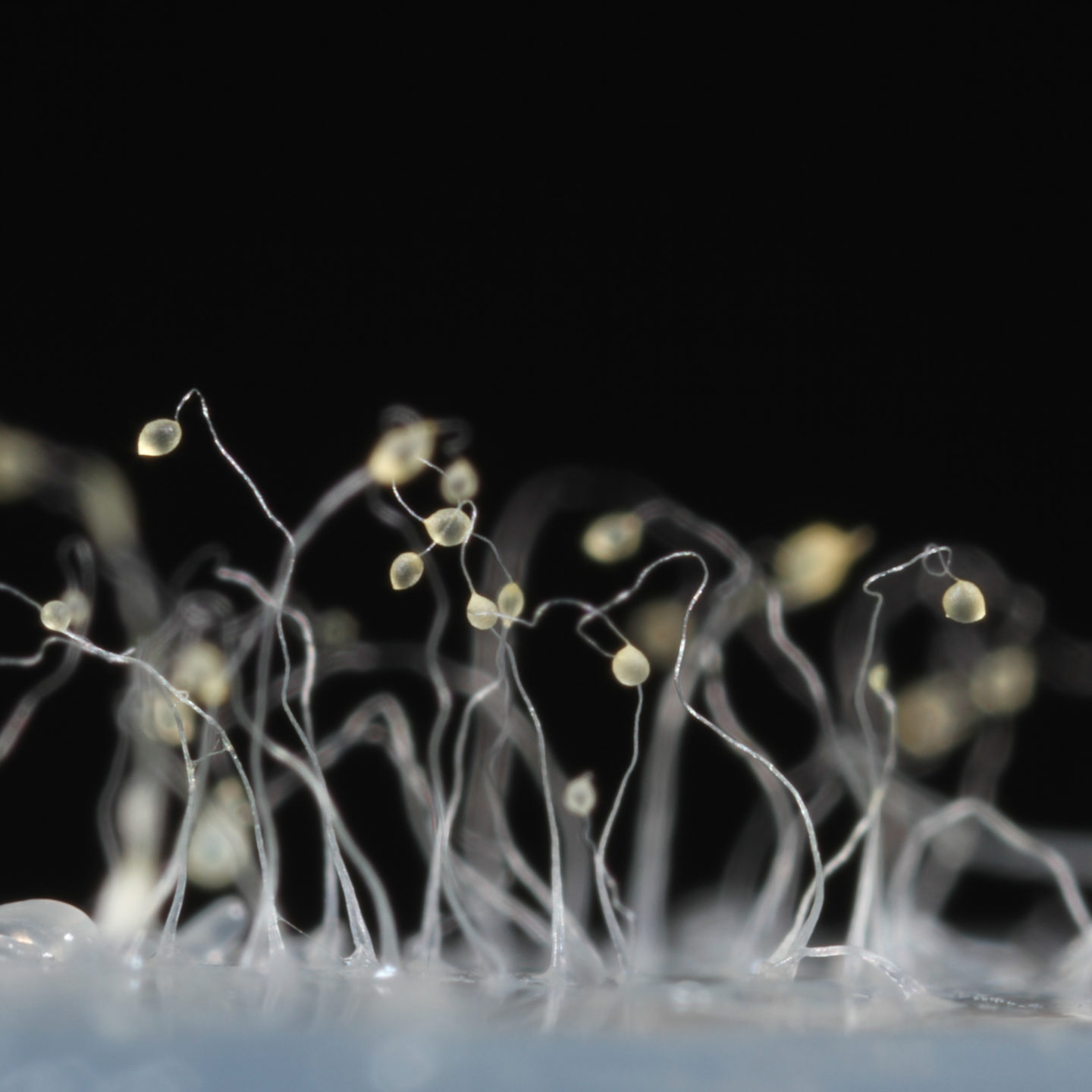Efficient Cognition—The Evolution of Representational Decision Making
I want to thank John Schwenkler for inviting me to blog about my new book, Efficient Cognition—The Evolution of Representational Decision Making. I am excited to be sharing with you all the reasons why I find the evolution of representational decision making such a fascinating research project. I also look …

